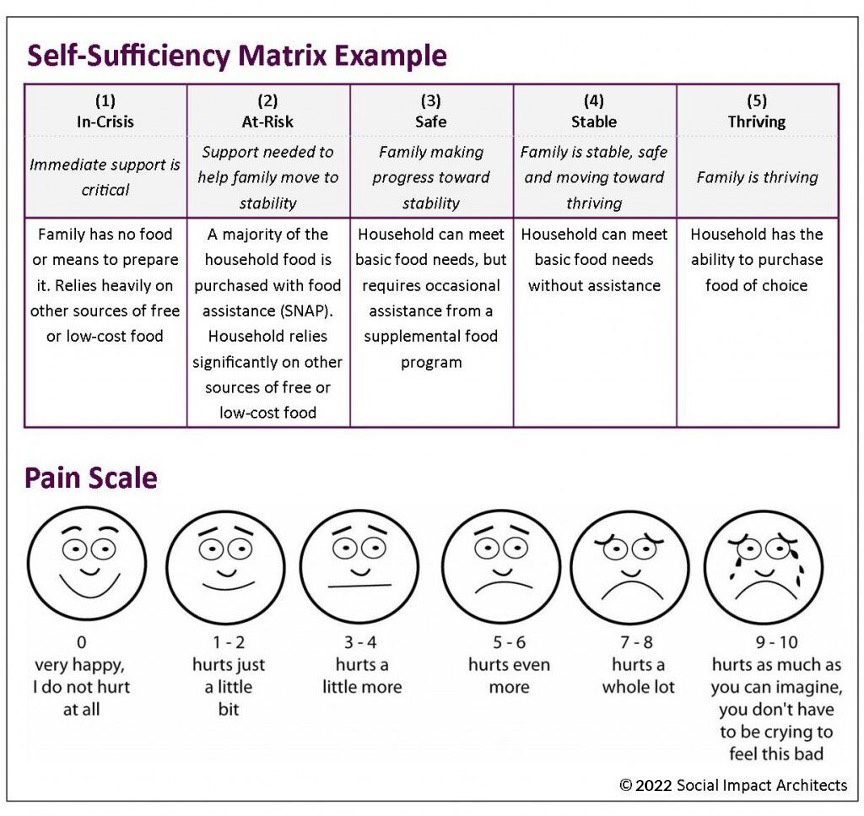 When you travel outside the United States, you get an opportunity to reflect and be inspired by what you experience. My recent travel as well as the recent news of migrants coming to the United States to “achieve the American dream” has made me reflect on where we are in helping everyone achieve that dream. Andrew Carnegie believed “you cannot push anyone up a ladder unless he is willing to climb himself.” But what is that ladder and how do we measure progress? And what if that ladder is missing some rungs for some folks and not for others?
When you travel outside the United States, you get an opportunity to reflect and be inspired by what you experience. My recent travel as well as the recent news of migrants coming to the United States to “achieve the American dream” has made me reflect on where we are in helping everyone achieve that dream. Andrew Carnegie believed “you cannot push anyone up a ladder unless he is willing to climb himself.” But what is that ladder and how do we measure progress? And what if that ladder is missing some rungs for some folks and not for others?
While we conceptually understand what self-sufficiency is, it can be tough to articulate, especially because every person is connected to a larger system. Recently, the nonprofit sector has adopted a tool to bring clarity to this often-subjective measurement: the self-sufficiency matrix. The matrix quantifies crisis to stable to thriving states (on a scale similar to the pain scale used in doctors’ offices) across multiple domains linked to self-sufficiency like access to food, housing, healthcare, income and more as well as calculating a total score for the individual or family. For example, a household’s food needs would be considered in crisis state if it could not afford its food and relied on food pantries for much of what it consumed. Conversely, a family would be considered thriving if it could shop at a place of its choosing, whether a grocery store or restaurant, for the food the family needs to survive. The matrix allows organizations and individuals to look at areas of growth independently, but also at the big picture, considering system needs, such as if the community lacks a grocery store. We also like it because the domains are fact-based – there is no judgment involved, just a factual understanding of where an individual or family is on the scale.
The Self-Sufficiency Matrix in Practice
The self-sufficiency matrix sheds insight on how your clients are doing overall and allows you to dig into the details. For example, a residential program for single mothers and their children (also known as a two-generation program) in the Midwest uses a customized matrix at intake, graduation and every year after graduation to measure how its clients are progressing over time. The matrix has helped the organization communicate the progress its graduates make when they leave the program, i.e., from stable to thriving, and that they are able to maintain those levels of self-sufficiency. Using the matrix, the residential program has also found that it may be able to augment support to graduates in areas where they sometimes stumble – for example, debt and emotional health – and has used the data to inform social return on investment analysis.
The self-sufficiency matrix promotes real-world outcomes measurement and convincing evidence for funding requests. Particularly for organizations heavy on “process measurements” that seek to improve their outcomes focus, the matrix can be a great tool to help determine whether current programs are actually working, to re-focus the organization’s efforts on real-world results (or not!) and, ultimately, to paint a convincing aggregate picture of client progress data that can spur greater funding success.
The matrix and how it is used is applicable and customizable to a wide range of nonprofit missions. Many nonprofits can benefit from some application of the matrix, namely any that attempt to move individuals and families from some form of dependency to a degree of independence. A great example is recently released offenders, whose post-release success is typically measured merely by whether they return to prison or not (recidivism). In this case, the matrix focuses assistance organizations on higher, more immediate, root cause concerns for which recidivism can be a (too) late-stage symptom.
The self-sufficiency matrix can help organizations shed light on issues and root causes that go unrecognized. For example, we had a nonprofit client use a robust self-sufficiency matrix with the teens they serve. At first, they questioned whether they should include all the areas in the matrix, since their program didn’t directly impact them all. Ultimately, they decided to do so, because the matrix allowed them to view the whole person and how each individual was doing in specific areas and as a whole. By doing so, they hit the jackpot – in follow-ups with discharged clients, they realized that many struggled with mental health issues. They were able to proactively add partnerships to support these clients and found a significant reduction is relapse rates.
The self-sufficiency matrix is a fantastic tool that quantifies a state of well-being that is sometimes difficult to pinpoint. It can help us measure how well our clients are laddering up to greater self-sufficiency and identify issues that may be keeping higher rungs out of their reach. We hope you will consider using the matrix in your program evaluation and, for those who are already using the matrix, we invite you to share your lessons learned.

